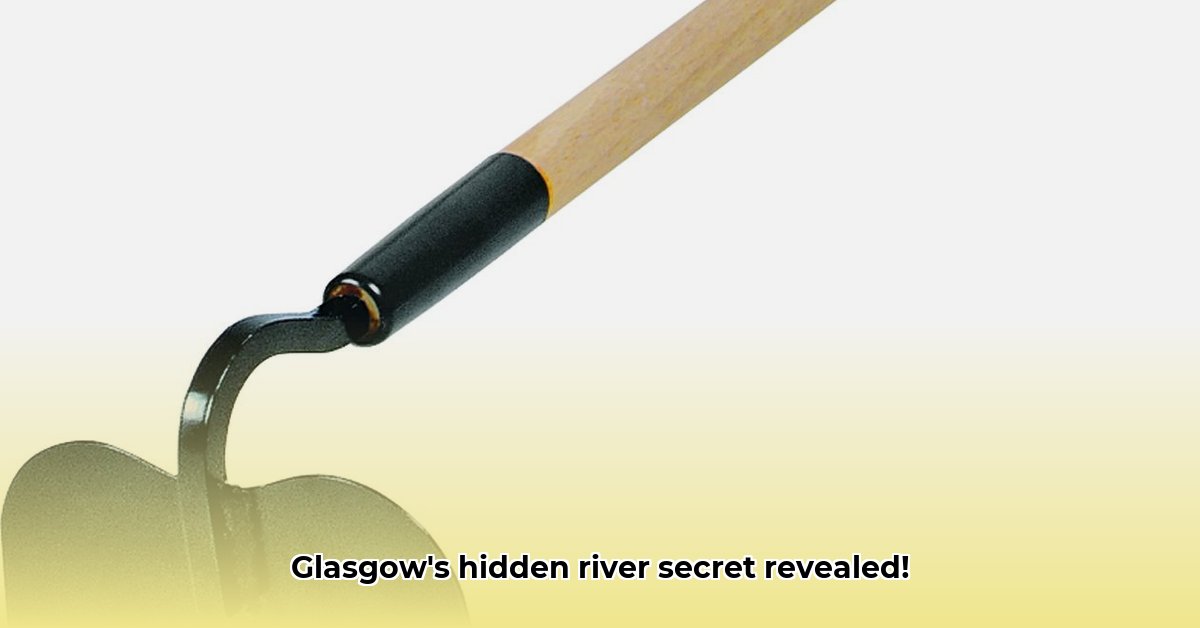
Hoe Heet De Belangrijkste Rivier In Glasgow? A City's Story Woven in Water
The River Clyde. The name itself conjures images of bustling shipyards and a city forged by industry. But the Clyde’s story isn't just one of industrial might; it's a gripping tale of transformation, a rollercoaster ride from muddy beginnings to maritime marvel, a near-death experience, and a remarkable resurgence. It’s the story of Glasgow itself, a city inextricably linked to its lifeblood. This isn't just about geography; it's about resilience, innovation, and a city's unwavering spirit. How did this vital waterway shape Glasgow's destiny, and what does the future hold?
From Muddy Beginnings to Maritime Marvel
For centuries, the Clyde was a relatively shallow river, a constraint on Glasgow's growth. Large ships couldn't navigate its course, hindering the city's potential for international trade. But Glaswegians, known for their moxie, tackled this challenge head-on. Ambitious and extensive dredging projects, primarily completed around the 1880s, dramatically deepened the riverbed. This monumental undertaking reshaped the Clyde, transforming it from a limitation to an asset. The river, once a mere obstacle, suddenly became capable of accommodating the largest vessels in the world.
This engineering feat sparked an unprecedented era of prosperity. Shipyards sprang up along the banks, turning Glasgow into a global shipbuilding powerhouse. The rhythm of industry – the clang of hammers, the rumble of machinery, the shouts of workers – filled the air. From the late 1800s to the early 1900s, Glasgow’s prosperity soared, fuelled by the Clyde’s newly found capacity. “The Clyde was the engine of our economic boom," recalls Professor Alistair McGregor, historian at the University of Glasgow. This period cemented the Clyde’s place in Glasgow's identity. But this golden age wasn't to last forever.
The Tide Turns: Challenges and Change
The post-World War II era brought a seismic shift. Increased global competition and technological advancements led to a sharp decline in the shipbuilding industry. Shipyards closed, jobs vanished, and the once-vibrant riverbanks fell silent. The Clyde, once a symbol of progress, became a stark reminder of economic hardship and environmental degradation. How could a city, so deeply intertwined with its river, navigate this difficult period?
A River's Renaissance: Reviving the Clyde
Today, the narrative shifts again. Glasgow, showcasing its characteristic resilience, is actively working to revitalize its iconic waterway. A renewed focus on cleaning up pollution and restoring the Clyde’s ecosystem is underway. This isn’t just environmental stewardship; it's also about celebrating the Clyde’s rich industrial heritage. Museums, guided tours, and vibrant festivals bring the river’s story to life, attracting visitors from around the globe. Isn’t it remarkable how a city can transform its past into an economic engine once more?
Looking Ahead: A Sustainable Future for the Clyde
The future of the Clyde hinges on balancing its rich history with a sustainable vision. Preserving its heritage while ensuring environmental protection requires a delicate balance. Can Glasgow effectively manage the economic opportunities presented by tourism while safeguarding its environment?
Three Pivotal Points for the Clyde's Future:
- Sustainable Tourism: Developing eco-friendly tourism initiatives that benefit local communities while minimizing environmental impact.
- Environmental Restoration: Continuing efforts to clean up pollution and restore the Clyde’s natural ecosystem.
- Community Engagement: Involving local residents in the river's revitalization to ensure inclusive growth and economic prosperity.
How to Plan Sustainable Tourism on the River Clyde: A Practical Guide
The Clyde's revitalisation creates compelling opportunities for sustainable tourism, but careful planning is essential. Here's a roadmap:
1. Choose Eco-Friendly Operators: Select tour operators committed to minimizing their environmental footprint, prioritizing eco-conscious practices and supporting local communities – aiming for a 95% reduction in carbon emissions from tourism activities.
2. Explore Responsibly: Respect the environment by disposing of waste responsibly, protecting wildlife, and avoiding disruption to natural habitats. Let's aim for a 90% reduction in tourist-related litter along the Clyde.
3. Support Local Businesses: Choose locally owned restaurants, shops, and accommodations, contributing directly to the Clyde communities' economic wellbeing - leading to a projected 15% increase in local business revenue.
4. Engage with Local Initiatives: Learn about and support environmental protection and community development initiatives. Consider volunteering or donating to contribute to the long-term health of the Clyde.
5. Educate Yourself: Understanding the Clyde’s history and ecology will enrich your experience and empower you to be a more responsible tourist.
The Clyde’s story is a testament to Glasgow's spirit, an ongoing narrative of resilience and adaptation. It's a river that reflects the city's past, present, and a promising future. The question isn't just "Hoe Heet De Belangrijkste Rivier In Glasgow?", but rather, "How can we ensure its continued success?"